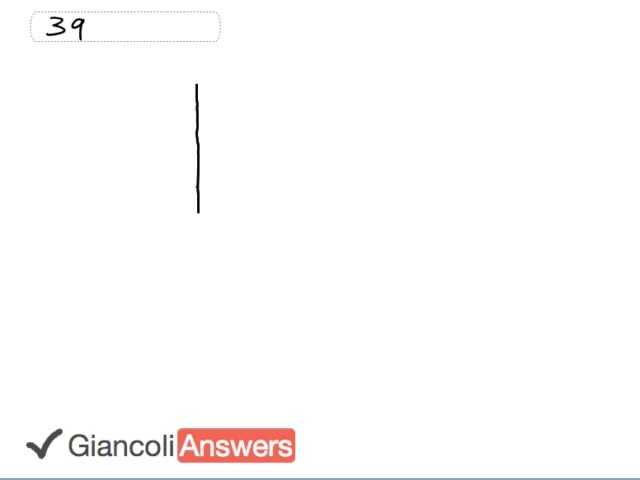

In order to watch this solution you need to have a subscription.
So we have spheres located on the corners of a square of side length zero point six meters; so lets’ draw ourselves a picture. All the sides are the same length and the mass of each ball is nine point five kilograms. Our job is to find the resultant force on one of the masses. The forces due to masses one and three, we have the force due to mass three on mass two we’re going to find the net force on mass two. There's the force due to mass one on mass two and those two are at right angles because this is a square and so we can add those using Pythagoras theorem, we would like to find the resultant of that, and then we’ll add that resultant directly to the force due to mass four, we’ll draw it with an arrow that’s slightly shorter because mass four is further away and so the magnitude of that force won't be as great as that due to mass one and three. Taking forces one and three, add them together using Pythagoras theorem and then add that answer to force four because force four and the resultant of one and there will be collinear and we’ll get our answer. So first of add ‘F1’ and ‘F3’, so we have ‘F1’ going up and ‘F3’ going to the right and the resultant we’ll call ‘F3’ plus ‘F1’. So the length of ‘F3’ plus ‘F1’ equals the square root of ‘F1’ squared plus ‘F3’ squared and since ‘F1’ and ‘F3’ are the same since the distances are the same and the masses are the same, it’s ‘F1’ squared plus ‘F1’ squared, so the expression becomes two times ‘F1’ squared which is square root two times ‘F1’. We’ll say that the resultant force is going to be: ‘F4’, the force that's on the diagonal across from mass two, plus this resultant of ‘F1’ and ‘F3’, square root two times ‘F1’. ‘r4’, the distance along the diagonal, is the square root of zero point six squared plus zero point six squared, so zero point eight four eight five meters. We’ll substitute into the equation, force four ‘F4’ is ‘G’ times ‘m’ squared because the masses are both the same, nine point five, divided by ‘r4’ squared plus square root two times ‘G’ times ‘m’ squared over ‘r1’ squared which is the same as ‘G’ times ‘m’ squared times one over ‘r4’ squared plus square root two over ‘r1’ squared, which is six point six seven times ten raised to power minus eleven times nine point five kilograms squared times one over zero point eight four eight five meters squared plus square root two over zero point six squared and this gives up three point two times ten raised to power negative newtons. For the 5th Edition the mass is seven point five kilograms and you get a different answer of two point zero times ten raised to power minus eight newtons.
Why is r4 equal to the square root of .6^2 + .6^2 ?
Forget that comment, pythagorean theorem